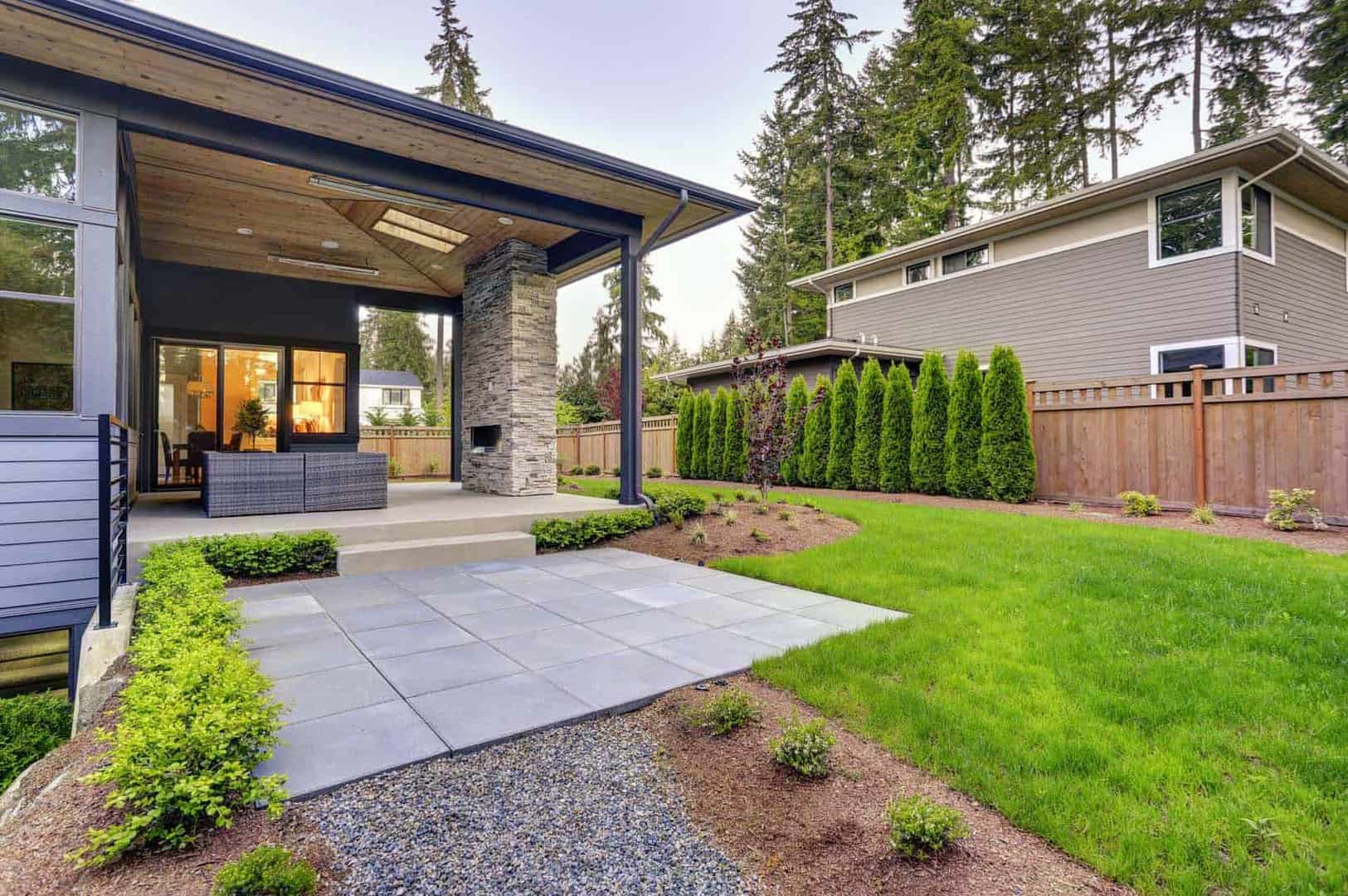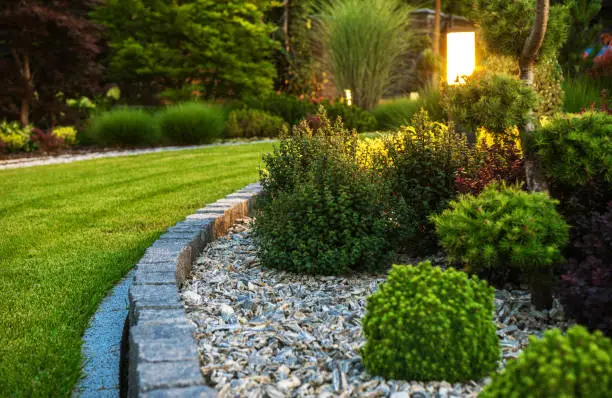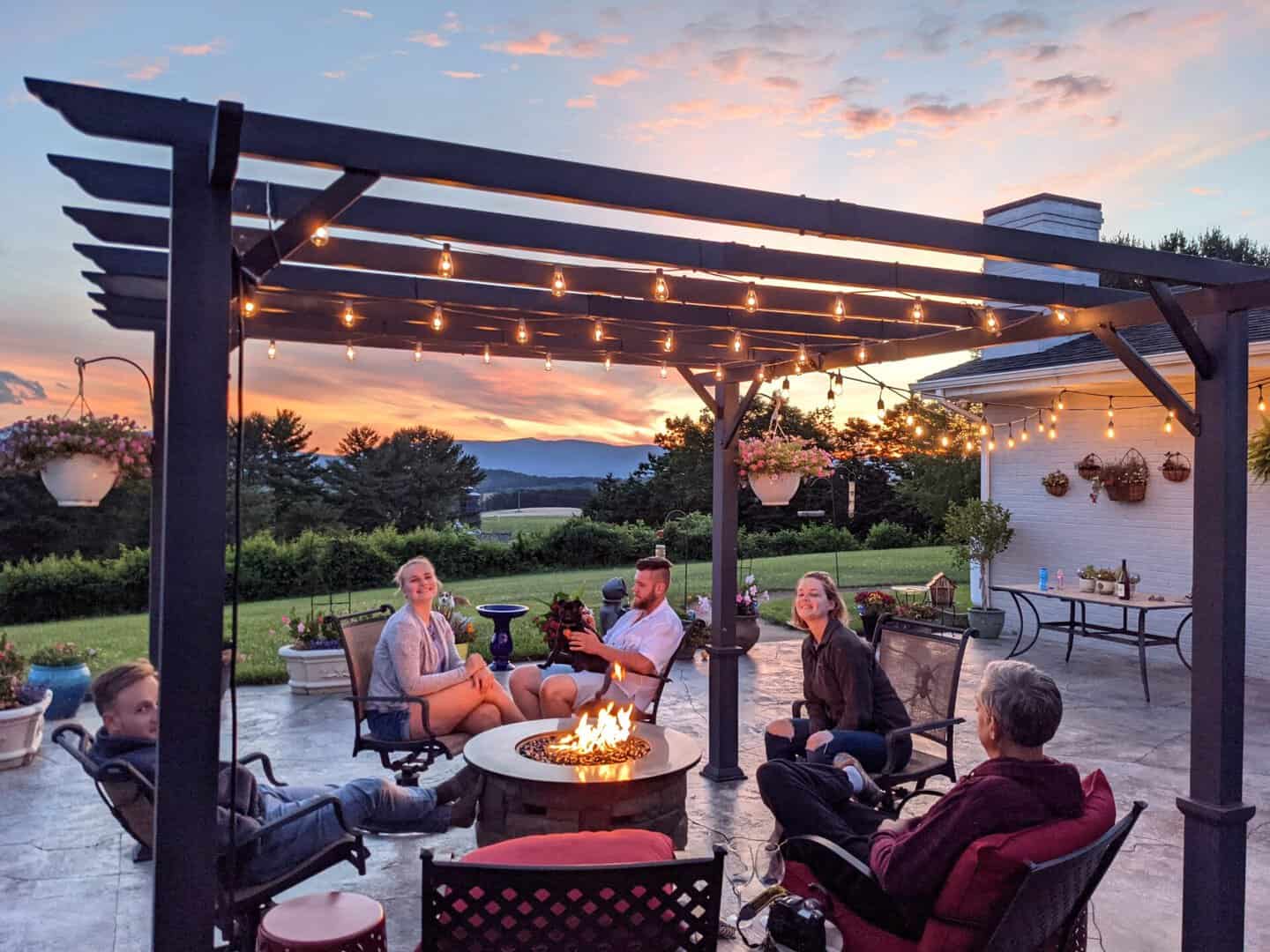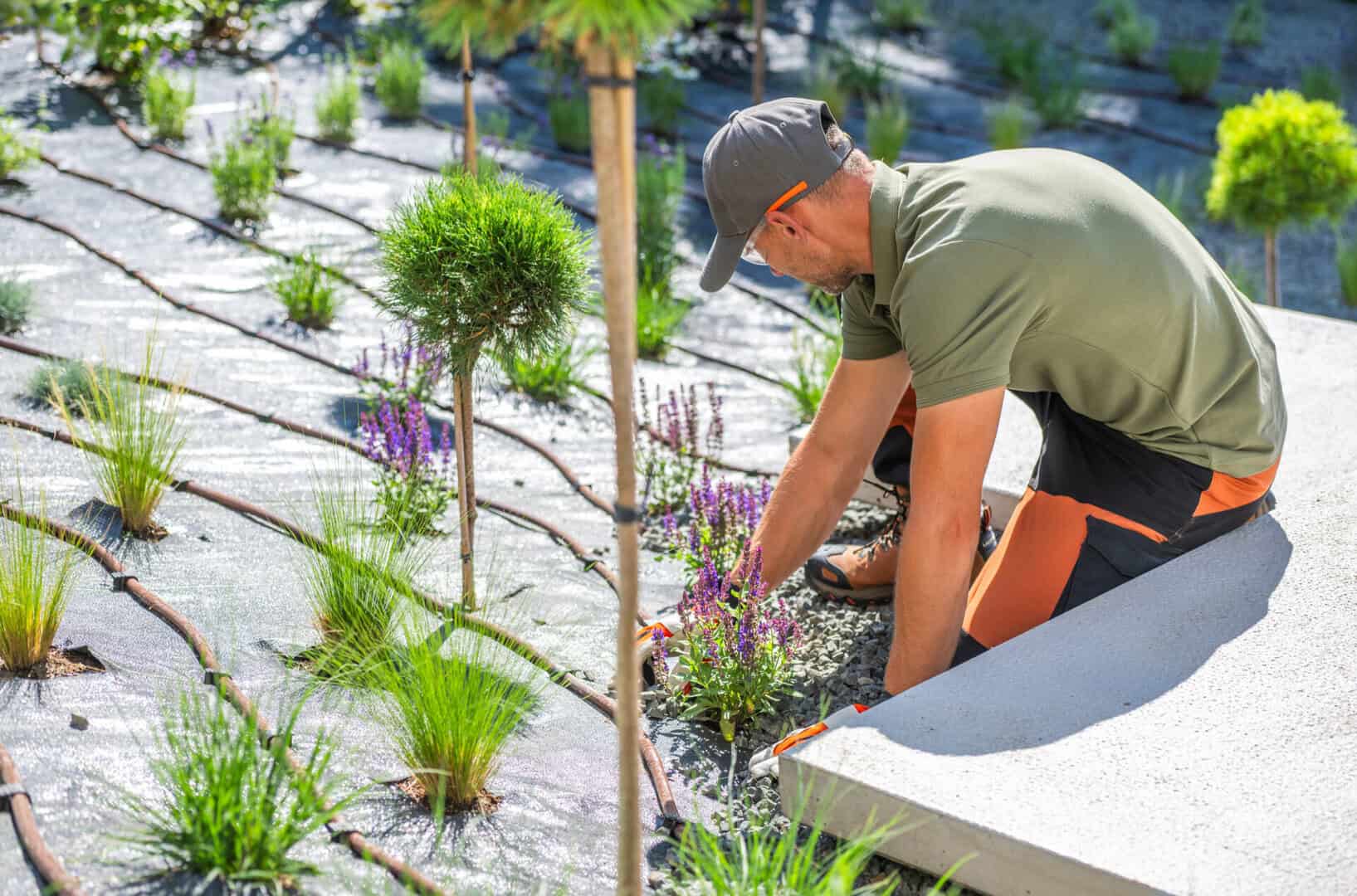Decorative Concrete in Los Angeles
There are many types of Decorative Concrete in Los Angeles available on the market today- a fact which is often unknown to many homeowners. Isn’t there only one type of concrete driveway? Thankfully no, and the below information will provide some insight and inspiration for you. No two homes are exactly alike, and your home should reflect the style and design that appeals to you the most.
Having a cohesive exterior design is one of the most important aspects of home design, as the exterior is the first impression of your home. It is what the outside world sees. Something as simple as a concrete driveway which matches the style of your home is an excellent way to ad curb appeal. This helps your home stand out as one of superior design and style.
For all your exterior and interior residential Decorative Concrete In Los Angeles projects, the architectural style of your home should be your primary design muse. Below are some ideas for using decorative concrete to enhance a variety of popular home types, from cozy bungalows to ultra-modern energy-efficient designs.
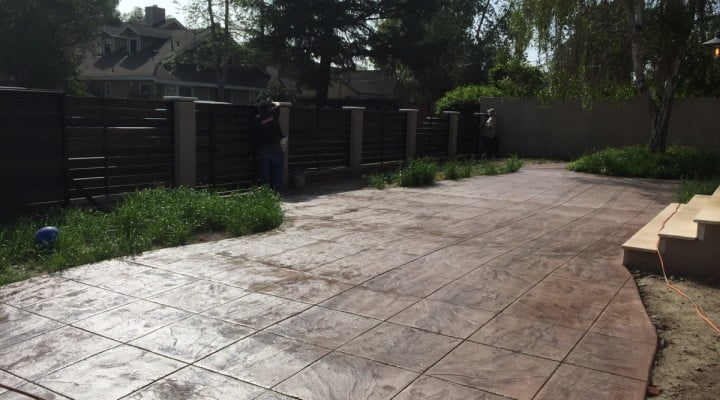
Here are some different styles of houses, and their respective decorative concrete :
1. Coastal Homes
A Coastal Home is perfect for Los Angeles, but can be found anywhere across the nation. Also, a coastal style home can transport you from a busy metropolitan city to an ocean breeze instantly. This style is usually has clean lines, open floor plans, natural materials, and colors such as blues, greens and browns. (source: Houzz.com):
Decorative Concrete Designs for Coastal homes include:
- Use colors that complement a beach setting, such as ocean blue and sandy beige.
- Personal touches might include countertops embedded with seashells and other beachcombing treasures.
- On the exterior, embellish outdoor living spaces with concrete rockscapes, stamp concrete flatwork in patterns such as slate or flagstone, and a concrete fire pit.
2. Country or Farmhouse Style
A Farmhouse style home definition:
A casual appeal often characterizes a horizontal lap siding, shutters, a prominent porch extending across the front of the home, and a steeply pitched roof accented by dormers or gables. Also, the cabin, a rustic subset of this style, makes extensive use of natural materials, such as cedar or wood siding accented by stone or rough-hewn timbers.
- Rural location. Farmhouses are, by definition, located on agricultural land and are designed to function around a farming lifestyle.
- Functional porches. Porches are a transitional space in a farmhouse. Dad and the kids can leave their muddy boots outside so the wooden floors inside stay clean.
- Formal and informal spaces. The front of the house servea as the formal area, and a large kitchen and the staircase to the bedrooms are housed in the back.
(Source: HGTV)
Decorative Concrete designs which compliment a farmstyle home:
- These homes evoke a simple, country-style charm best accented by a warm color palette (such as woodsy browns, russet reds and forest greens) and stamped concrete patterns replicating natural materials such as random stone or slate.
- Indoors, concrete floors stamped with a wood plank pattern—possibly embellished by a cozy stenciled area rug—are a low-maintenance alternative to hardwood floors.
- Concrete countertops and sinks are ideal for a country-style kitchen, providing functionality, warmth and no-fuss care.
3. Southwestern or Spanish Style
A Spanish Style (or commonly known as spanish revival style) can be defined with:
Stucco walls, round arches, tile roofs, and patios set in semi-tropical and hot climates are charming, but relatively comfortable too. Borrowing from the bungalow’s open floor plan, the rambling Spanish Revival uses walled courtyards for indoor-outdoor living. Also, it’s a folk style reminiscent of old Spanish villages with punches of bright color. It’s an organic style that lends itself to additions and changes over time.
Decorative Concrete Design Ideas
- The tile roof is often the most prominent feature of this style, so use it as design inspiration for decorative exterior flatwork.
- Stamp or stencil patterns such as Spanish tile, Ashlar slate, Arizona flagstone and European fan go particularly well with a tile roof, in matching or complementary colors.
- Indoors, consider installing concrete floors in a tile or slate pattern to echo the tile theme.
- Swimming pools and year-round outdoor living is commonplace in the Southwest, offering the opportunity to create inviting outdoor retreats enhanced by stamped concrete patios and pool decks.
4. Bungalow Style Home
A Bungalow Style Home can be hard to define, but a generally accepted set of style elements include:
- built approximately 1900-1930 or more broadly 1895-1935
- house, cabin or cottage of one or one-and-a-half stories
- low, horizontal lines and orientation
- low-pitched gable or hipped roof, often with dormer windows
- overhanging eves, exposed rafters and beams
- a prominent and usually wide front porch
- typically but not always small in square footage
- exterior frequently built of natural, rustic materials, often obtained locally
- handcraft details and joinery
- outdoor spaces and decks
(Source: Arts and Craft Style Homes)
Concrete Design Ideas
- Since creativity and handiwork are the hallmarks of this craftsman style, consider combining various decorative concrete elements (such as broom finish concrete with a stencil border) or creating unique effects by scoring patterns or designs in the concrete and using different stain colors in the separate fields of the pattern.
- Stick with color combinations and patterns that echo the exterior and interior finishes, such as flagstone, brick or slate.
- Also, consider accenting walls, columns and fireplace surrounds with vertical concrete overlays that are stamped or hand sculpted to replicate natural stone.
5. Contemporary Style Homes
A contemporary style home is defined as:
Less is more: smooth profiles instead of ornamentation, solid or subtly patterned fabrics in lieu of colorful prints, minimal accessories rather than big collections. Also, while it doesn’t have the overt warmth of older design styles, it won’t cast a chill either.
(Source: Houzz.com)
Concrete Design Ideas
- These ultra-modern homes often feature interiors with angular room shapes that accommodate the unique floor plan.
- Concrete countertops, kitchen islands and even furniture are ideal options for these spaces.
- Polishing concrete floors, possibly incorporating a geometric design, also work well in these modern, open spaces.
6. Queen Anne Victorian Style Homes
Queen Anne architecture, notable for its ornamental excesses, is also commonly know as Victorian style. Also, Spindlework, fish scale siding, and decorative treatments are often seen on every possible surface.
The basic shape is often a two-story with a hipped roof and one or two lower cross-gables, though many are simpler cross- or front-gabled houses.
By the turn of the 20th century, the highly ornamented and exotic Queen Anne style houses had begun to shift toward more decorative restraint. A subtype identified by the McAlesters called the Free Classic showed more classical design elements and often preservationists and old house lovers identify such houses as Colonial Revival with Queen Anne elements or Queen Anne with Colonial … literally a tomato/tomahto discussion. We use symmetry as the final arbiter.
(Source: Antique HomeStyle)
Concrete Design Ideas
- The ornate detail and coloring of the Queen Anne is often best balanced by concrete driveways and sidewalks that make subtle use of color and pattern, such as a muted color in a shade that complements.
- Concrete pavers are another popular option, reflecting the paving brick commonly used during this style’s heyday.
- Also consider using cast concrete architectural accents with Victorian detailing for fireplace surrounds and garden statuary.
Lastly, for more examples of various home styles and the Decorative Concrete In Los Angeles designs, visit The Concrete Network

